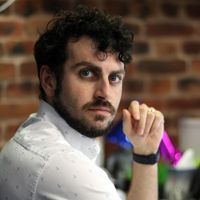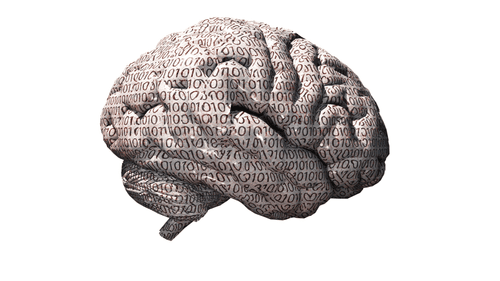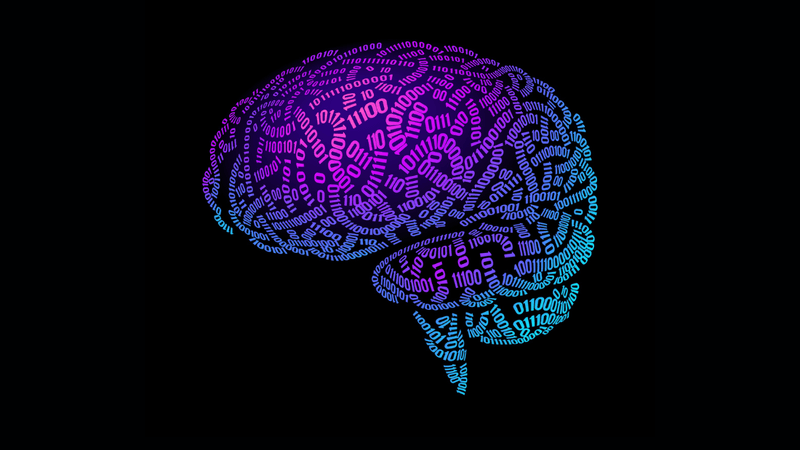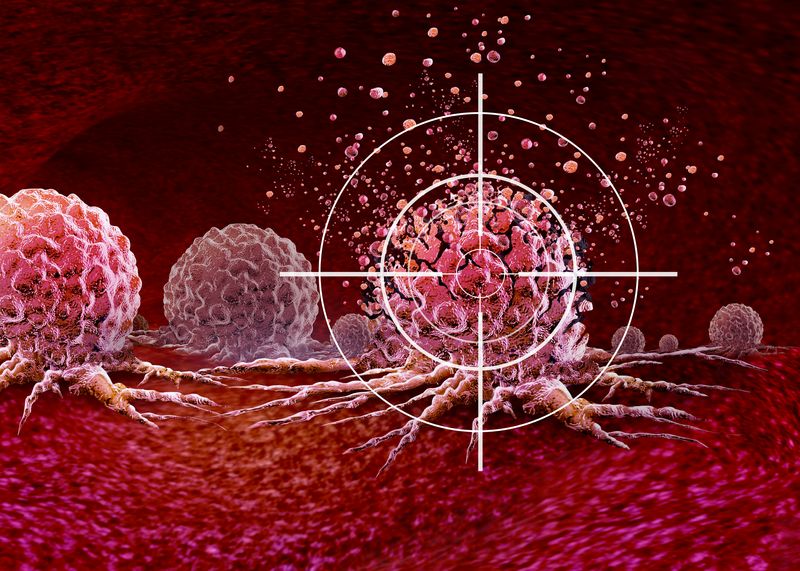Much of what goes on inside our skulls is a mystery. Understanding our consciousness still very much eludes us and knowing exactly how our experiences are turned into memory is nebulous at best. Now, British scientist Dr Ben Goult has put forward a new theory that provides a mechanical basis to memory. IFLScience sat down with him to discuss how brains and computers are quite alike.
The theory, MeshCODE, is based on the discovery of a specific protein molecule called talin. Synapses – the structures that allow brain cells to send signals – contain scaffolds made of talin molecules known as meshwork from which the theory takes its name. These molecules have two stable states, that can be understood as 0 and 1, like binary code.
Dr Goult suggests in a new paper published in Frontiers in Molecular Neuroscience that there is not just a similarity between our brain's molecular structure and computers but that the whole memory apparatus works just like an old mechanical computer made of switches, only much better.
“The MeshCODE theory offers a new view of the brain as a mechanical computer where our brain activity is constantly updating a complex binary coding written into the shapes of molecules. Remarkably, humankind’s efforts to produce optimal computational devices may have led to architectures of a striking similarity to what nature may already have arrived at,” Dr Goult told IFLScience.
The electrical signals in our brains change the patterns of 0s and 1s in these molecules, according to the theory. MeshCODE sees the whole brain as a solid-state disk where information is stored in specific locations that can be accessed. This idea also provides an explanation for why we need sleep.
“The theory also postulates a novel role for why we sleep," Goult said. "During the day the brain receives a lot of information, which is collected and processed in the hippocampus. At night this information needs to be processed, integrated with the existing data, and transferred into long-term storage in the cortex. This data management would require a lot of brain activity and our natural sleep cycles might be where this happens. The electrical activity during REM sleep would be the brain pushing and pulling on these memory molecules to write and edit the stored information, altering the binary patterns physically written into the brain’s disk.”
Current research is looking at ways to demonstrate that MeshCODE theory is more than just a neat explanation. Scientists are also interested in understanding how the molecules change in real-time, which could help clarify if and how the changes to the talin meshwork translate to patterns of neural activity.
If you want to hear more about MeshCODE, you can watch our discussion with Dr Ben Goult about his theory and memory right here.




